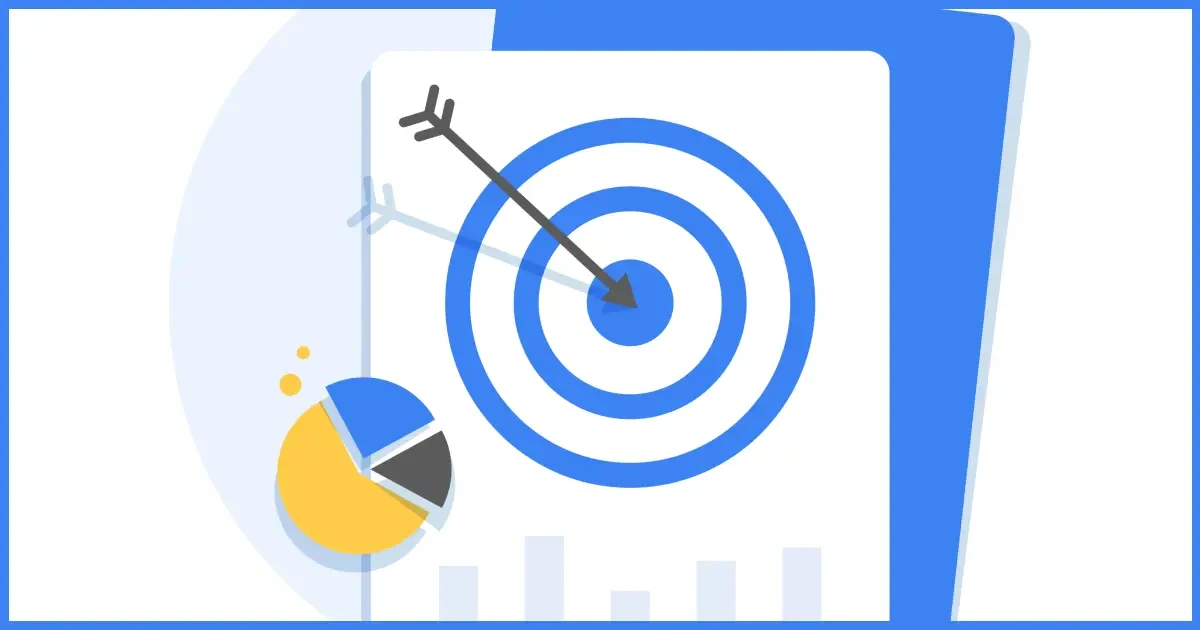


Explore thousands of quality products, exclusive deals, and fast delivery options tailored just for you.



If you run an e-commerce business, you need to track the right key performance indicators (KPIs). KPIs help you understand how well your business is doing and guide your decisions. Here are the top 10 KPIs every e-commerce business should monitor.
The sales conversion rate shows how well your website turns visitors into paying customers. To calculate this, divide the number of orders by the number of visitors. A higher conversion rate means your website is good at convincing people to buy.
Why It Matters:
A high conversion rate means you’re doing well at selling your products. If this rate is low, it’s time to check your website’s design, product descriptions, and checkout process.
AOV shows how much customers spend on average each time they make a purchase. To calculate it, divide total revenue by the number of orders. This helps you understand spending habits and how much customers buy per visit.
Why It Matters:
Increasing AOV can boost your profits without needing more traffic. Consider strategies like upselling or offering discounts on bulk purchases.
CAC measures how much it costs to acquire a new customer. Divide your total marketing costs by the number of new customers you gained. This tells you if your marketing efforts are effective and if you're spending wisely.
Why It Matters:
If your CAC is too high, you may be spending too much on ads or promotions. You need a balance between customer acquisition and long-term profitability.
CLV estimates the total revenue a customer will bring to your business over their lifetime. To calculate it, multiply the average purchase value by the number of repeat purchases and the average customer lifespan.
Why It Matters:
CLV helps you understand the long-term value of a customer. If your CLV is higher than your CAC, your business is profitable. If not, you need to focus on retaining customers.
This metric tracks how often shoppers add items to their cart but leave without buying. To calculate it, divide the number of abandoned carts by the total number of initiated checkouts. A high rate means customers are interested but not completing the purchase.
Why It Matters:
A high abandonment rate could mean issues with your checkout process. Simple fixes, like adding guest checkout options or improving payment methods, can help reduce cart abandonment.
Website traffic is the number of visitors your site receives. You can track this through tools like Google Analytics. More traffic usually means more opportunities for sales.
Why It Matters:
Tracking your traffic lets you know how well your marketing campaigns are working. It also helps identify if certain channels (like social media, ads, or SEO) bring in more visitors.
This KPI tracks how often customers return or request refunds for purchased products. To calculate it, divide the number of returned items by the number of items sold.
Why It Matters:
A high return rate could mean poor product quality or mismatched expectations. Tracking returns helps improve your product offerings and customer experience.
NPS measures customer satisfaction and loyalty by asking how likely customers are to recommend your business to others. Scores range from -100 to +100. A higher score means your customers are happy and likely to refer others.
Why It Matters:
A high NPS indicates that customers trust your brand and are happy with their purchase. This can help you gain repeat customers and referrals.
The email open rate tracks how often customers open your marketing emails. To calculate it, divide the number of emails opened by the number of emails sent. This helps you gauge the effectiveness of your email campaigns.
Why It Matters:
A high open rate means your subject lines and timing are on point. If your open rate is low, consider revising your email strategy or segmenting your list better.
More people are shopping on mobile, so it’s essential to track your mobile conversion rate. It measures the percentage of visitors who make a purchase on mobile devices.
Why It Matters:
If your mobile conversion rate is low, it could indicate that your mobile site isn’t optimized. A smooth, mobile-friendly website can improve this rate and lead to more sales.
Tracking these 10 e-commerce KPIs is crucial for the success of your online business. They help you understand your strengths, weaknesses, and opportunities for growth. Regularly monitor these metrics to make informed decisions, improve your strategies, and grow your business.

All the power of niche in your pocket. Schedule, publish and monitir your accounts with ease.
Fast shipping all across the country
100% Authentic products
We ensure secure transactions
We ensure quality support

Explore thousands of quality products, exclusive deals, and fast delivery options tailored just for you.





